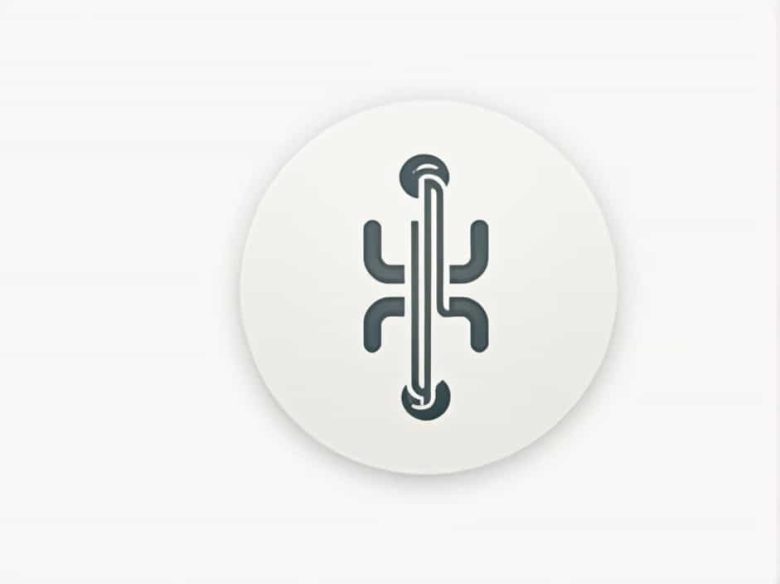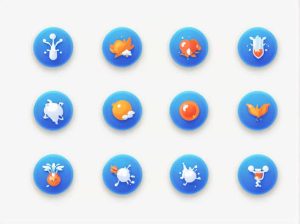The notochord and nerve cord are two essential structures found in chordates the animal group that includes vertebrates. The notochord is positioned ventral (below) the nerve cord serving as a key characteristic that distinguishes chordates from other animal groups.
Understanding the relationship between the notochord and nerve cord is crucial for studying embryonic development evolutionary biology and the origins of the vertebrate skeletal system. This topic explores their structure function and significance in different organisms.
What is the Notochord?
The notochord is a flexible rod-like structure made of cells that runs along the length of the body in embryonic chordates. It provides structural support and plays a key role in the development of the vertebral column in vertebrates.
Functions of the Notochord
- Structural Support: Acts as a primitive backbone in chordates that lack a vertebral column.
- Axis for Body Development: Serves as a central framework for body symmetry and growth.
- Signals for Nervous System Formation: Releases biochemical signals that guide the development of the nerve cord in the embryo.
- Evolutionary Transition to Vertebrae: In vertebrates the notochord is replaced by the vertebral column while in some invertebrates it remains throughout life.
What is the Nerve Cord?
The nerve cord also called the dorsal hollow nerve cord is a tube-like structure that runs along the back of chordates. It later develops into the brain and spinal cord in vertebrates.
Functions of the Nerve Cord
- Transmits Nerve Signals: Carries sensory and motor signals between the brain and the rest of the body.
- Forms the Central Nervous System: Develops into the spinal cord and brain in vertebrates.
- Coordinates Movement and Reflexes: Plays a crucial role in muscle coordination and responses to stimuli.
The Positional Relationship: Why is the Notochord Ventral to the Nerve Cord?
In all chordates the notochord is located ventral (beneath) the nerve cord. This arrangement is significant for several reasons:
-
Support for the Nervous System
- The notochord acts as a structural base for the developing nerve cord ensuring proper alignment and growth.
-
Embryonic Development
- The notochord releases molecular signals that guide the formation of the nerve cord above it.
- This relationship is crucial for the development of the vertebrate nervous system.
-
Evolutionary Advantage
- This dorsal nerve cord arrangement is unique to chordates and distinguishes them from other animal phyla like arthropods and annelids which have ventral nerve cords.
- The dorsal positioning of the nerve cord allows for better protection and neural integration.
Comparing the Notochord and Nerve Cord
| Feature | Notochord | Nerve Cord |
|---|---|---|
| Location | Ventral to the nerve cord | Dorsal to the notochord |
| Structure | Rod-like flexible | Tube-like hollow |
| Function | Provides structural support | Transmits nerve signals |
| Fate in Vertebrates | Replaced by the vertebral column | Develops into the spinal cord |
| Presence in Non-Vertebrates | Remains throughout life | Functions as the main nervous system |
The Notochord and Nerve Cord in Different Chordates
Chordates can be divided into three major groups based on how their notochord and nerve cord develop:
1. Urochordates (Tunicates or Sea Squirts)
- The notochord is present only in the larval stage.
- The nerve cord disappears in adults making them unique among chordates.
2. Cephalochordates (Lancelets)
- The notochord is retained throughout life providing support without forming a vertebral column.
- The nerve cord remains dorsal controlling basic movements.
3. Vertebrates (Fish Amphibians Reptiles Birds and Mammals)
- The notochord is replaced by the vertebral column during development.
- The nerve cord develops into the spinal cord and brain forming the central nervous system.
The Role of the Notochord in Vertebrate Development
During embryonic development in vertebrates the notochord plays a critical signaling role:
-
Formation of the Neural Tube
- The notochord sends signals to the ectoderm instructing it to fold into a neural tube which later becomes the spinal cord and brain.
-
Development of the Vertebral Column
- The notochord is eventually replaced by vertebrae but remains as intervertebral discs in adult vertebrates.
-
Patterning of the Body Axis
- The notochord establishes left-right symmetry influencing organ placement and overall body structure.
Evolutionary Significance of the Notochord and Nerve Cord
The notochord and dorsal nerve cord are defining features of chordates setting them apart from other animal groups. Their evolution is crucial for understanding the origin of vertebrates and complex nervous systems.
Key Evolutionary Transitions
- Primitive Chordates: Had a fully functional notochord and nerve cord without vertebrae.
- Early Vertebrates: The notochord provided support but the nerve cord began forming a protective skeletal structure.
- Modern Vertebrates: The vertebral column fully replaces the notochord while the nerve cord develops into the spinal cord and brain.
Medical and Scientific Importance of the Notochord
1. Role in Birth Defects
- Defects in notochord signaling can lead to spinal cord malformations like spina bifida.
- Research on the notochord’s role in neural tube development helps prevent such birth defects.
2. Stem Cell Research and Regeneration
- The notochord plays a role in spinal regeneration in some species.
- Scientists study notochord-derived cells for potential treatments for spinal injuries.
3. Evolutionary Biology and Genetics
- Understanding how the notochord evolved into vertebrae sheds light on human evolutionary history.
- Comparative studies of invertebrates and vertebrates help scientists trace the origins of complex nervous systems.
The notochord’s position ventral to the nerve cord is a fundamental feature of chordate anatomy. This arrangement provides structural support developmental signals and evolutionary advantages that have shaped the vertebrate lineage.
In vertebrates the notochord is replaced by the vertebral column while the nerve cord develops into the spinal cord and brain forming the central nervous system. Understanding the relationship between these two structures is essential for research in developmental biology evolutionary science and medical studies.



